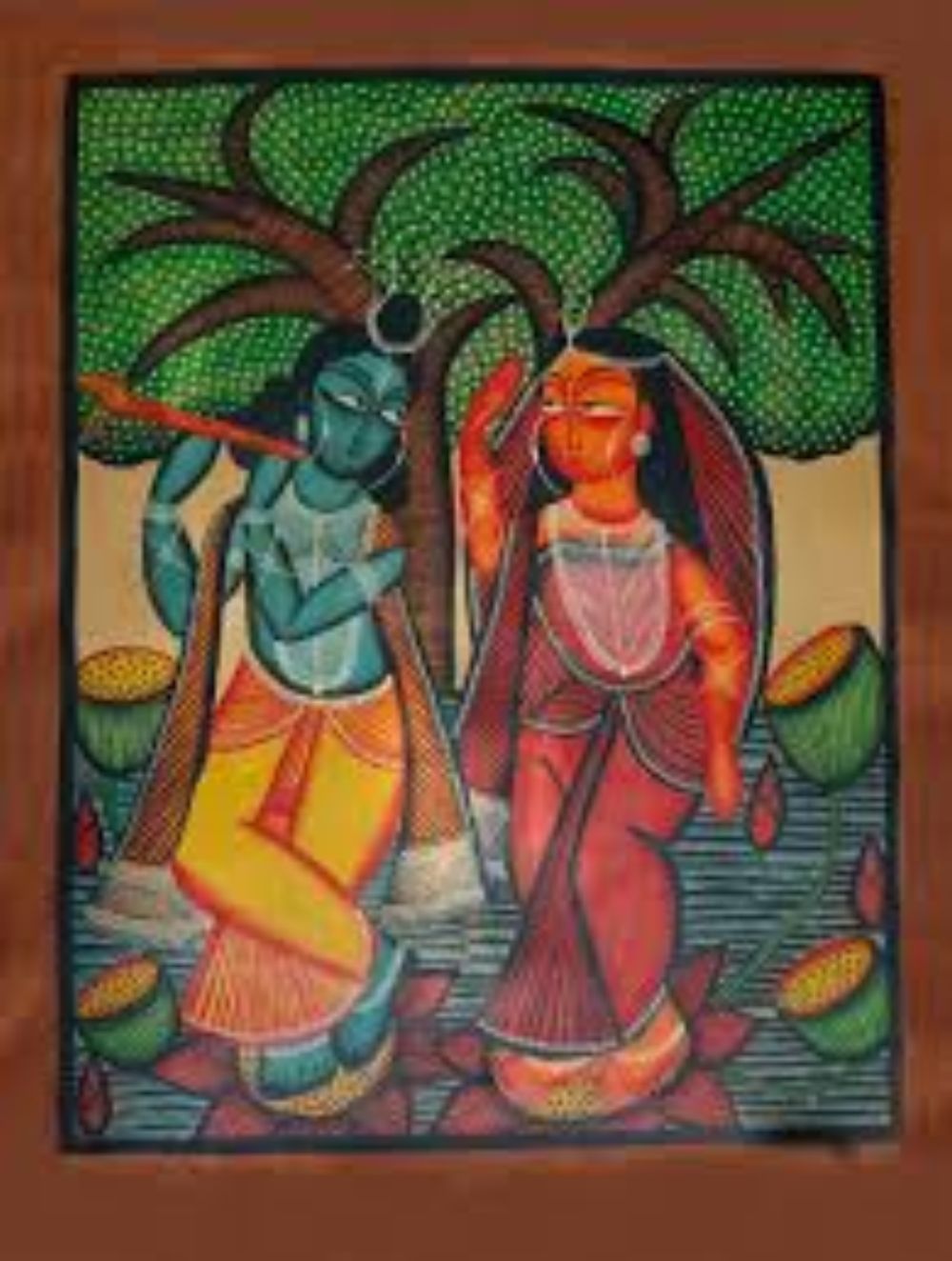

The mughals made distinctive contribution in the field of painting. They introduced new tienes depicting the court, battle scenes and the chade, and added new colours and new forms. The richness of the style was due to the fact that India had an old tradition of painting. The wall paintings of Ajanta are an eloquent indication of its vigour. They created a living tradition of painting which continued to work in different parts of the country. After the eighth century, the tradition seems to have decayed, but palm-leave manuscripts and illustrated Jain texts from the thirteenth century onwards show that the tradition had not died.

Apart from the Jains, some of the provincial kingdoms, such as Malwa and Gujarat extended their patronage to painting during the fifteenth century. The Rajasthan style painting combined the theme and earlier tradition of western India or Jain school of painting with Mughal forms and style. Thus, in addition to hunting and court scenes, it had paintings on mythological themes, such as the dalliance of Krishna with Radha, the barah-masa or the ragas.

The rich cultural diversity of India in the enchanting folk art and crafts. Various painting style are prevalent across various regions, which represents the tradition, customs and ideologies they follow. Most of the indian painting styles are existed as wall paintings or murals. Urbanisation brought these painting forms on paper, canvas and clothes etc..
Some famous indian folk painting style are:
One of the most celebrated painting style in India is Madhubani Paintings. Madhubani is originated in the Mithila Region of Bihar as a form of wall art. Bharni, Katchni, Tantrik, Godna and kohbar are five distinct styles of madhubani painting.

2. Kalamkari
This 3000-year-old organic art of hand and block printing was traditionally used for making narrative scrolls and panels. Kalyankari derives it's name from kalam(pen) and a legacy that has been handed down to generation in Andhar Pradesh.

3. Patachitra
Patachitra is a cloth scroll painting tradition from Odisha, dedicated to mythological and religious themes. Bold, strong outlines, vibrant colors like white, red, yellow and black with decorative borders are some of the characteristics patachitra painting style.

4. Kalighat Painting
Also called Bengal Pat, was started around mid 19th century in kali temple in Calcutta. These drawing on paper were done by group of people known as “patuas”. They depict scene of everyday life and mythological deities.





